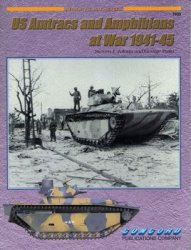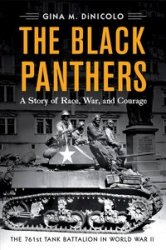The Postclassic period (AD 900-1521) in Mesoameri-can culture history is the final pre-Columbian era in a long sequence that extends back to the first humans in the geographical region we know as ‘Middle America’. Middle America comprises the modern countries of Mexico, Guatemala, Belize, Honduras, El Salvador, Costa Rica, Nicaragua, and Panama. Middle America’s northern boundary is defined by the arid reaches of northern Mexico and its southern boundary is the junction of Panama with South America. ‘Meso-america’ is a culture area, and it lies completely within Middle America, and consists of most of modern Mexico, all of Guatemala and Belize, and parts of Honduras and El Salvador.
Mesoamerica is defined by the widespread presence of a set of shared traits, but perhaps the most important of these was the cultivation of maize (corn) as a staple crop. The cultural limits of Mesoamerica are the same as the cultivation limits of maize over consistently large areas. The high caloric and protein value of maize permitted the development of large and dense population aggregates, farming villages, and, eventually, diverse and sophisticated cities. Crop surpluses supported the growth of nonfarming specialists, artisans who created material goods, and administrators who organized the economic, political, and spiritual sectors of society.
Mesoamerica’s culture history began before maize was cultivated, with the nomadic hunters of the Palaeoindian period. By the end of the succeeding Archaic period, mobile hunter-foragers were experimenting with cultivation of progenitors of domesticated maize. The next period, the Formative, is initiated by the establishment of farming villages with maize cultivation. By AD 1000, the Olmec culture had established societal and artistic complexity in Mesoamerica, and by the close of the Formative period, in the third century AD, Mesoamerica’s first true cities were rising. The next period, the Classic, was first defined by the sequence of dates in the native calendar of the Maya culture. The dates were carved onto standing monuments (stelae) that extolled the accomplishments of Maya kings, and this practice was thought to begin at around AD 300 and continue until AD 900. Although the definition of this ‘Classic’ period was based on limited information, subsequent archaeological research found that it was a time of cultural accomplishment all over Mesoamerica. Not only were there Maya kingdoms, but, in the Central Highlands of Mexico during the Early Classic period, the great city of Teotihuacan was in its prime, as was the city of Monte Albiin in the Oaxaca Valley (see Americas, Central: Classic Period of Mesoamerica, the Maya). By the Late Classic period, these legendary places were losing power, and political importance was shifting to other centers, such as El Tajin in the lowlands of the Gulf of Mexico and Xochicalco in the Central Highlands. By AD 900, the great Maya ceremonial centers were being abandoned.
The Postclassic period was thus first defined in contrast to the presumed idyllic cultures of the Classic, and Postclassic traits such as militarism and mercantilism were thought to represent a kind of cultural degeneration. We now know that peoples of the Classic period were enthusiastically and frequently engaged in hostilities and in trade, so these traits seem to be long-term trends in Mesoamerican culture history, and not specific to the Postclassic period. Most scholars use AD 900 as the point at which the Postclassic period begins, and use AD 1521 as the end date, because in that year the dominant political confederation, the Aztec Empire, was defeated by combined forces of the armies of native societies antagonistic to the Aztecs, and the Spaniards led by Herniin Corteis.




 World History
World History









